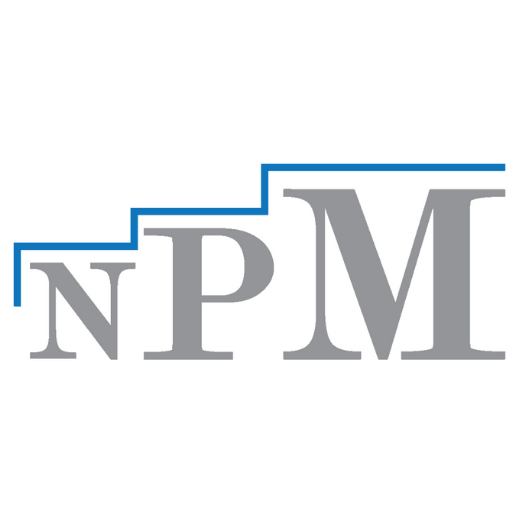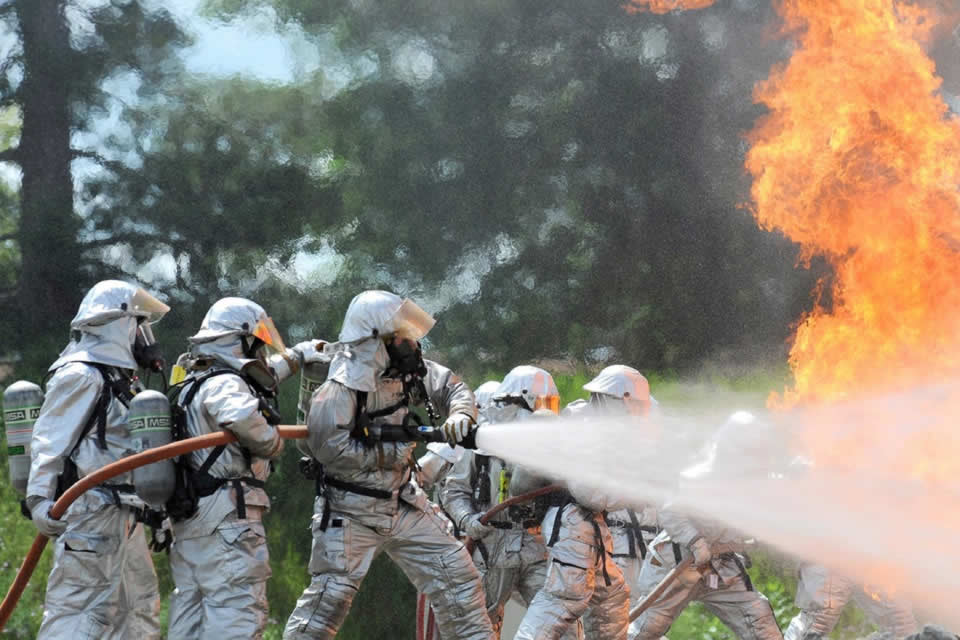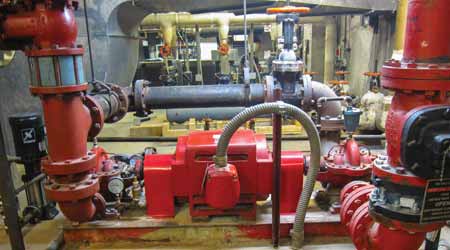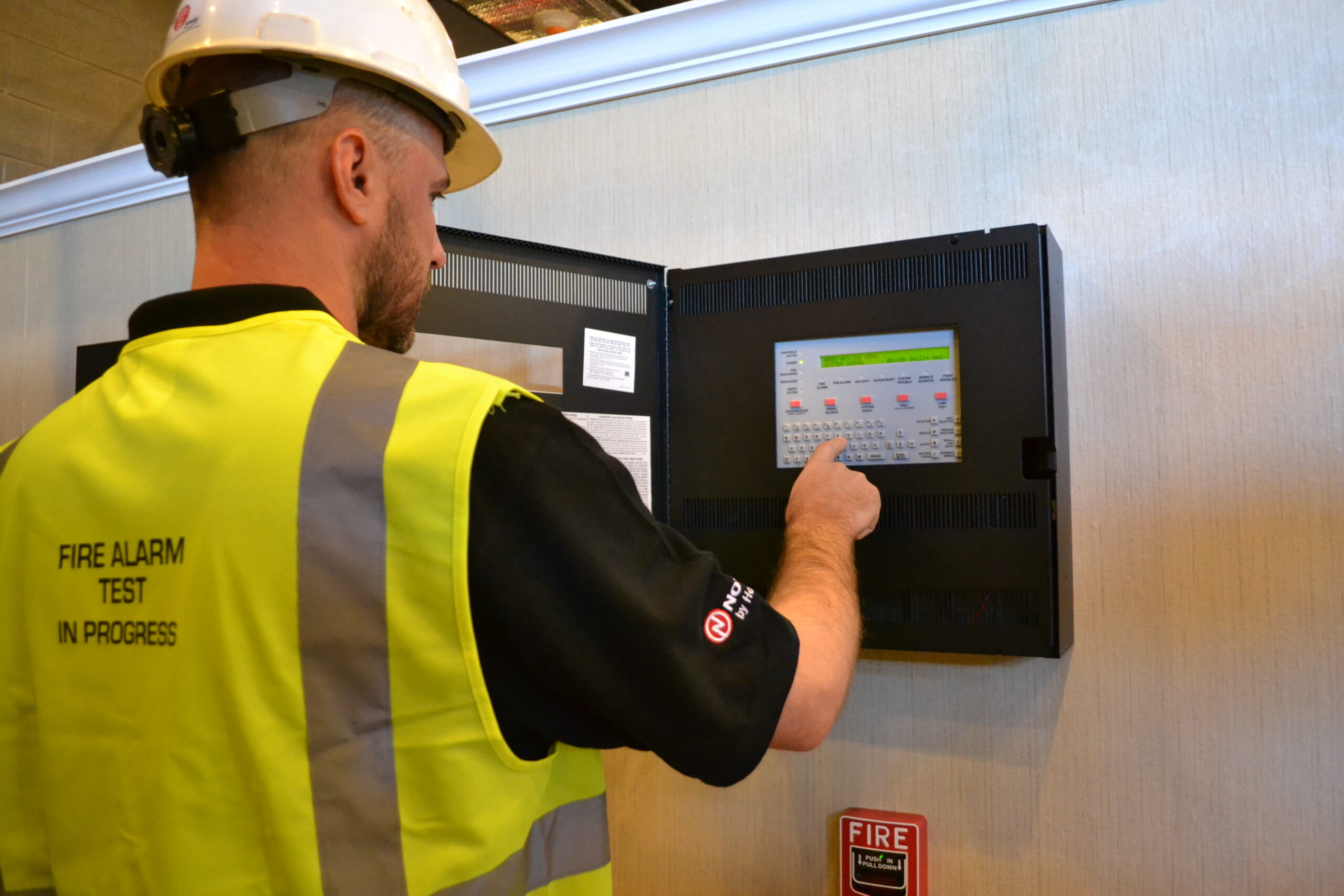In today’s fast-paced work environment, managing risks effectively has become a cornerstone of operational success. Organizations are constantly striving to improve productivity and profitability, but often overlook the significant role that risk assessment plays in achieving these goals. A comprehensive approach to identifying and mitigating risks enables businesses to address potential threats before they escalate into major issues. By investing in a systematic risk assessment, companies ensure not only the safety and security of their employees but also create an environment conducive to sustainable growth.
A robust risk assessment allows businesses to anticipate hazards that may arise in daily operations. Whether it’s identifying workplace safety concerns, technological vulnerabilities, or market fluctuations, a detailed evaluation of potential risks enables decision-makers to take preemptive action. Rather than reacting to problems as they occur, organizations can put in place control measures designed to prevent negative outcomes. This proactive approach to risk assessment helps to create a work culture where risks are managed efficiently, allowing for smoother operations and fewer disruptions.
One of the most tangible benefits of a thorough risk assessment is the reduction of workplace accidents and injuries. By recognizing potential safety hazards early on, businesses can implement strategies to mitigate these risks, ultimately reducing downtime and ensuring that employees remain healthy and productive. This focus on well-being not only boosts morale but also demonstrates the company’s commitment to its workforce. Through a continuous cycle of evaluation and action, risk assessment helps organizations build trust with their employees, which in turn leads to better retention and overall performance.
In addition to improving workplace safety, risk assessment contributes directly to the financial health of an organization. By identifying and addressing risks proactively, businesses can avoid costly disruptions, fines, and legal liabilities. For example, an effective risk assessment process might uncover inefficiencies in operations or gaps in compliance, which, if left unaddressed, could lead to significant financial setbacks. Furthermore, organizations that demonstrate a commitment to risk management are often able to secure lower insurance premiums, saving money in the long run.
What is Risk Assessment?
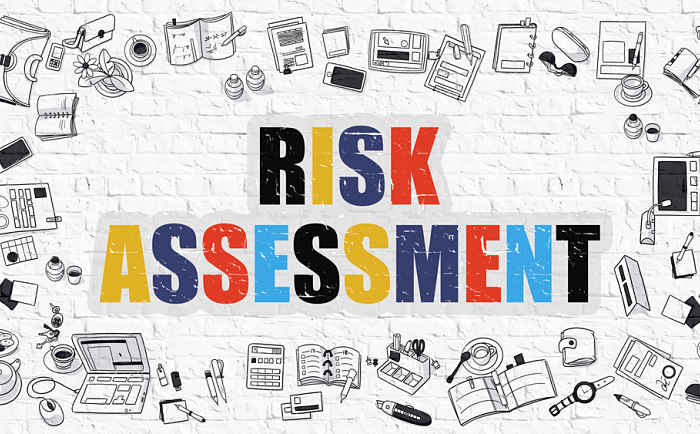
At its core, risk assessment is the systematic process of identifying, evaluating, and addressing potential hazards that could impact the health, safety, and performance of individuals and the organization as a whole. This process goes beyond merely checking for safety concerns—it serves as a proactive strategy that enables businesses to anticipate challenges before they occur. By conducting regular risk assessments, companies can stay one step ahead, taking the necessary steps to reduce negative impacts that may arise from unforeseen risks. This foresight is invaluable in streamlining operations, ensuring smoother workflows, and minimizing disruptions that could impede growth.
A well-executed risk assessment helps organizations develop a comprehensive understanding of the threats they may face, from operational inefficiencies to compliance risks. By systematically evaluating these threats, businesses can devise practical solutions that address the root causes of potential issues. In doing so, risk assessment provides a clear roadmap for mitigating the adverse effects of risks, allowing organizations to improve both productivity and safety. This proactive approach ultimately leads to better decision-making, where challenges are met head-on rather than as reactive responses to problems that have already surfaced.
Moreover, risk assessment is a key element in fostering a culture of continuous improvement. By regularly identifying and addressing risks, businesses can create an environment that values safety, efficiency, and long-term sustainability. Each assessment is an opportunity to refine processes, implement best practices, and improve operational performance. When risks are assessed with care and diligence, the entire organization benefits from enhanced risk management strategies that create a more resilient and adaptable workforce. Ultimately, this approach reinforces the importance of risk assessment as a driving force behind sustained success and growth.
Why Every Organization Needs a Comprehensive Risk Assessment
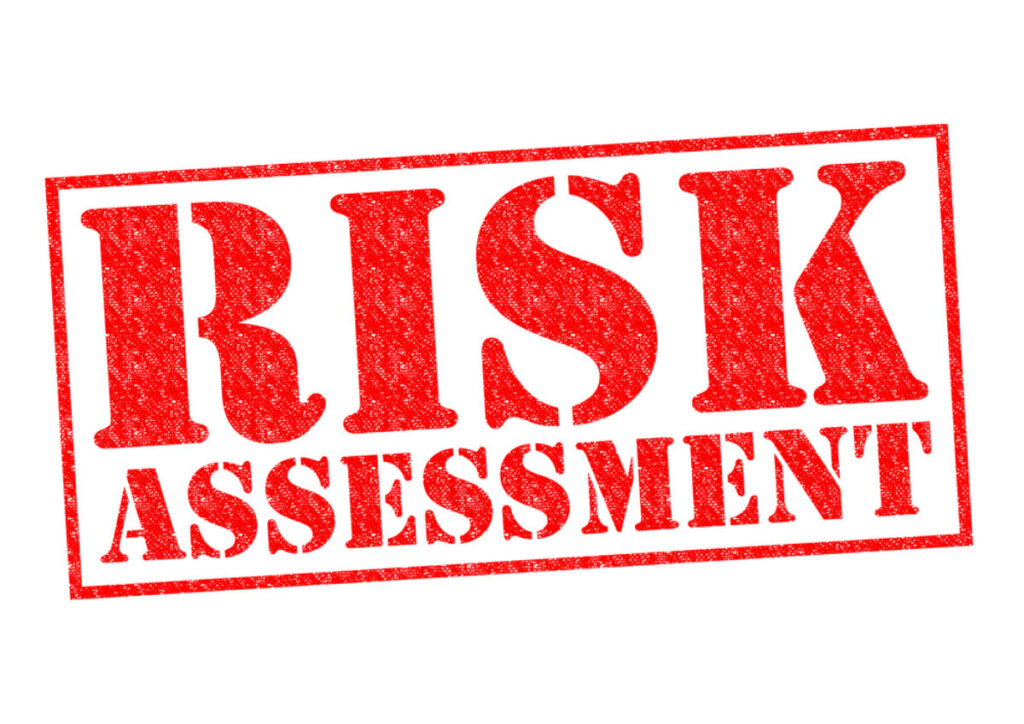
While compliance with regulations is often the driving force behind risk assessments, the true value lies in the preventive measures that help create a safer and more efficient environment. When implemented correctly, risk assessments provide significant benefits not only for the organization but also for its employees. These assessments are key to identifying potential issues before they become serious problems, allowing businesses to proactively manage risks in a way that promotes both safety and productivity. Rather than merely fulfilling regulatory requirements, risk assessments empower organizations to create a culture of risk awareness that fosters continuous improvement.
One of the foremost benefits of a thorough risk assessment is the reduction of workplace accidents and injuries. By identifying potential hazards early, organizations can take corrective actions that prevent incidents from occurring, ensuring the safety and well-being of their teams. Whether it’s eliminating a physical hazard, addressing psychological stressors, or upgrading equipment, these actions directly contribute to a safer environment. The result is not just compliance with safety standards, but a deeper commitment to employee protection, which can lead to greater job satisfaction and higher morale across the workforce.
In addition to enhancing safety, risk assessments are instrumental in increasing operational efficiency. The process doesn’t just focus on mitigating dangers; it also reveals inefficiencies or bottlenecks in existing workflows. By identifying areas where resources may be misallocated or where processes are slow, businesses can optimize operations to run more smoothly. This deeper understanding of how work is performed enables better resource allocation, more effective use of time, and improved workflow, all of which contribute to a more efficient organization. A careful risk assessment turns risk management into a tool for operational excellence.
Another significant advantage of regular risk assessments is the potential for cost savings. Proactively identifying and addressing risks before they escalate helps businesses avoid costly disruptions, legal liabilities, or fines. By tackling problems early, companies are less likely to experience expensive accidents or penalties due to non-compliance. Furthermore, companies that prioritize risk assessments may see lower insurance premiums, as their proactive approach signals reduced risk, which is often reflected in the pricing of their coverage. These financial benefits, along with the prevention of losses, ensure a more stable and profitable business.
Finally, risk assessments provide decision-makers with valuable data that enhances their ability to make informed choices. With a clear understanding of potential risks, leaders can make confident decisions that protect both the short-term interests and long-term goals of the organization. This informed decision-making process leads to a more strategic approach to growth and helps businesses adapt to new challenges. Risk assessments provide the clarity needed to navigate uncertainty, ensuring that organizations can pursue their objectives with greater precision and less exposure to unforeseen threats.
The Risk Assessment Process: A Step-by-Step Guide
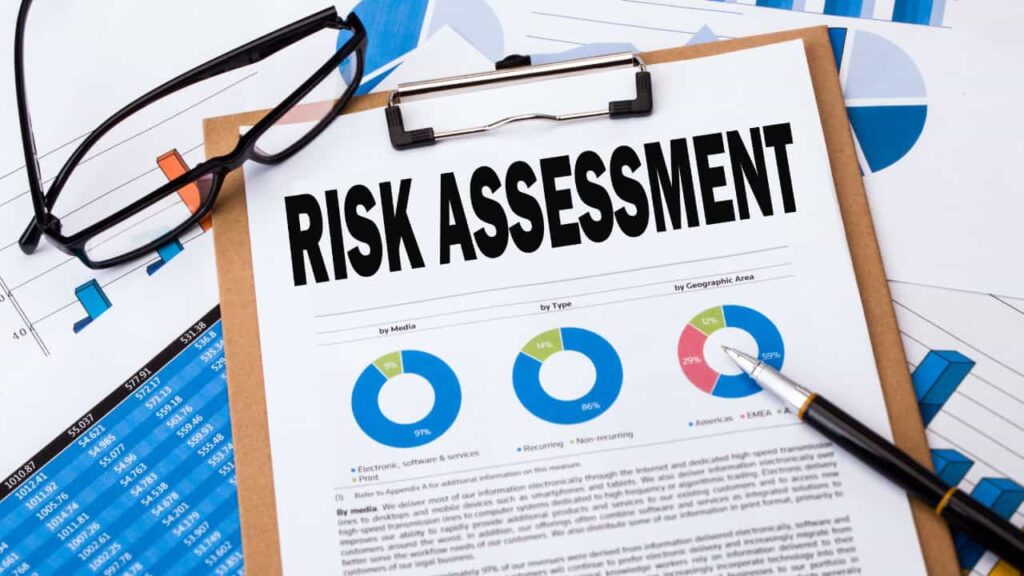
To maximize the effectiveness of risk assessments, it’s essential to follow a structured approach. A well-organized process ensures that all potential risks are thoroughly identified, evaluated, and addressed in a systematic manner, creating a comprehensive strategy for managing workplace hazards. By adhering to a step-by-step framework, businesses can ensure that they leave no stone unturned when assessing and mitigating risks. This structured approach not only enhances the accuracy of the assessment but also ensures that all necessary measures are put in place to protect employees and improve operational efficiency.
The first step in a successful risk assessment is hazard identification. This involves thoroughly evaluating the workplace to identify all possible hazards—whether physical, chemical, biological, ergonomic, or psychosocial—that may be present. This could include obvious risks, such as machinery malfunctions or hazardous chemicals, as well as more subtle dangers like repetitive strain injuries or stress-related issues. A complete hazard identification process ensures that no risks are overlooked, providing a solid foundation for the next steps in the risk assessment process.
Once hazards are identified, the next critical step in the risk assessment process is risk evaluation. This involves evaluating the likelihood and severity of each identified risk. A clear understanding of the potential impact of each hazard is essential, as it allows businesses to prioritize risks based on their potential harm, both to individuals and the organization as a whole. By considering factors such as the frequency of exposure, the severity of potential harm, and the number of individuals affected, decision-makers can effectively allocate resources and attention to the most pressing risks, ensuring that the most critical threats are addressed first.
After evaluating the risks, the next phase in the risk assessment process is the implementation of control measures. Based on the evaluation, businesses must introduce measures to reduce, mitigate, or eliminate the risks. This could involve altering procedures, introducing safety equipment, offering training to employees, or even redesigning processes to minimize exposure to certain risks. The goal of these control measures is to ensure that the identified hazards are effectively managed, and that the risks they pose to health, safety, and performance are minimized to an acceptable level. With these controls in place, organizations can significantly reduce the likelihood of incidents and create a safer, more efficient working environment.
Finally, risk assessment is an ongoing process, and regular review and monitoring are vital to ensure its continued effectiveness. Risk management doesn’t stop once initial controls are implemented. Continuous monitoring ensures that safety measures are working as intended and that new risks haven’t emerged as work environments evolve. Organizations should make regular updates to their risk assessment to account for changing circumstances, new regulations, or lessons learned from past incidents. By staying vigilant and regularly reviewing the assessment, businesses can maintain a proactive approach to risk management and adapt to any new challenges that arise over time.
Building a Culture of Risk Awareness
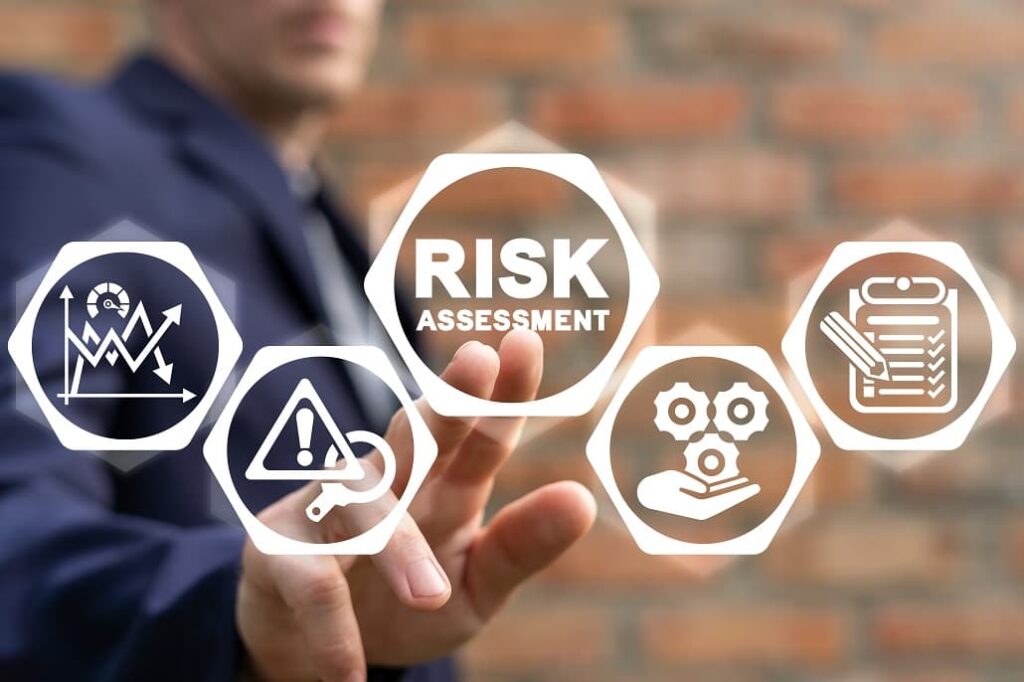
Risk assessment isn’t just a task for managers or health and safety officers; for it to truly succeed, it needs to become an integral part of the workplace culture. While it’s true that these roles play a significant part in guiding risk management practices, the responsibility for identifying and addressing hazards should not rest solely on their shoulders. For an organization to effectively manage risks and foster a safe working environment, it’s essential that every employee, regardless of their position, feels a sense of ownership in the process. When risk management is embedded in the company culture, employees at all levels become more engaged and proactive in contributing to safety efforts. This shared responsibility encourages individuals to not only follow safety protocols but also to actively participate in identifying potential hazards, voicing concerns, and supporting the development and implementation of safety measures. By cultivating an environment where safety is a collective priority, organizations create a workplace that is more attuned to both the immediate and long-term risks that can affect its operations.
When risk assessment becomes an organization-wide priority, it leads to greater awareness and a more vigilant workforce. Employees are likely to spot hazards that may otherwise go unnoticed, simply because they are in the trenches day in and day out. For instance, workers may be more familiar with the nuances of their specific tasks and the risks associated with them, such as equipment malfunctions, repetitive strain, or other role-specific dangers. This means that by involving employees at every level in the process, organizations are effectively drawing from a wider pool of experience and insight, which is invaluable in creating a safer workplace. Additionally, when employees feel responsible for their own safety and the safety of those around them, they are more likely to take the necessary precautions to mitigate risks, thus reducing the likelihood of incidents or injuries.
However, fostering a risk-aware culture requires more than just assigning responsibility—it requires investment in training. Educating employees is a critical component of the risk assessment process, as it equips them with the tools and knowledge they need to identify and address risks proactively. Organizations must offer regular and comprehensive training on risk management, ensuring that every employee understands not only the specific hazards they face in their roles but also the broader implications of a risk-aware mindset. Through this education, workers gain a better understanding of how to spot potential hazards, recognize the early warning signs of issues, and respond appropriately to minimize risks.
The training should go beyond basic safety instructions and emphasize the importance of a continuous evaluation of risks, the need for ongoing communication regarding hazards, and the benefits of sharing observations with colleagues and supervisors. A well-informed employee base is not just better prepared to prevent accidents but is also empowered to contribute to ongoing risk assessment efforts, making safety an inherent part of daily operations. By creating a culture of education, employers not only comply with regulations but also foster a working environment where safety is prioritized at all levels.
In addition to providing employees with the knowledge to recognize risks, training also instills the confidence to act on them. Employees trained in risk assessment are more likely to take initiative when they notice potential hazards, whether that’s reporting unsafe practices, suggesting process improvements, or offering ideas for new safety equipment or measures. When training is approached in this way, employees don’t view safety as a set of rules to follow—they see it as a shared responsibility and an ongoing process that’s vital to their well-being and the success of the organization.
By prioritizing training and making risk assessment a collective responsibility, businesses create a proactive safety culture that leads to long-term improvements. This holistic approach not only helps prevent accidents but also builds stronger, more engaged teams who contribute positively to the organization’s overall performance. When employees understand the importance of risk assessment, feel empowered to act on their knowledge, and work together to ensure a safe and efficient workplace, they contribute to a culture that values both individual and organizational well-being.
Conclusion

Risk assessment is an indispensable tool for any forward-thinking organization. It is not merely a regulatory requirement but a strategic approach that plays a vital role in safeguarding employees, enhancing operational efficiency, and driving overall business success. By actively prioritizing the identification, evaluation, and control of risks, organizations are better equipped to navigate the complexities of the modern business environment. A well-executed risk assessment goes beyond compliance and becomes a catalyst for innovation, allowing businesses to identify opportunities for improvement while mitigating threats that could hinder progress.
At its core, risk assessment enables businesses to unlock new levels of performance and resilience. By identifying potential hazards early on, organizations can implement effective controls that prevent disruptions, ensuring smooth and continuous operations. This proactive approach allows businesses to anticipate challenges, adapt to changes, and stay ahead of competitors. It also fosters a culture of continuous improvement, where risks are not simply tolerated but addressed head-on, which in turn strengthens the organization’s ability to respond to unforeseen circumstances. When risks are properly managed, the organization becomes more resilient, able to recover quickly from setbacks, and more likely to seize opportunities as they arise.
When executed properly, risk assessment is not just a box to check for regulatory compliance—it becomes a key pillar of sustainable success. Organizations that integrate comprehensive risk management into their strategy are better positioned for long-term growth, as they are not just focused on short-term gains but also on securing their future. By addressing risks proactively, businesses can protect their most valuable assets: their employees, reputation, and operational capacity. Moreover, managing risk with foresight helps organizations avoid costly incidents, legal issues, and operational disruptions, ultimately saving time and money while fostering a safer, more efficient workplace. This forward-thinking mindset creates a foundation for sustained success, where safety, efficiency, and profitability are all aligned to support the organization’s broader goals.
